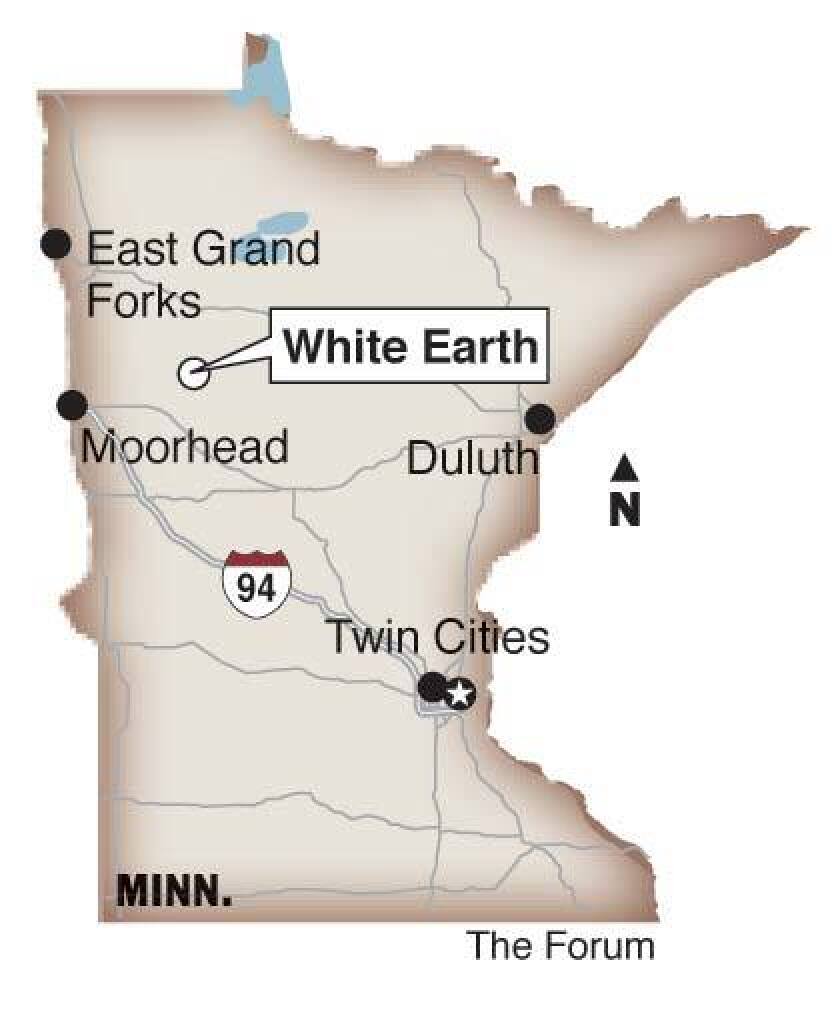MAHNOMEN, Minnesota — But that isn’t referring to the gleaming dairy and hog complexes or the precision agriculture with crop protections and fertilizers used to generate the bulk of today’s food production.
Wade Jackson, of Walker, Minnesota, is the manager of the agriculture department within the . Jackson, 67, retired from a career as a soil scientist/technician with the U.S. Department of Agriculture’s Natural Resources Conservation Service. He started working for the tribe in June 2022. It’s up to Jackson to manage aspects of the implementation of “food sovereignty and security” programs for the tribe.
ADVERTISEMENT

The planet has “moved into an area of unsustainability,” Jackson said, noting that the world has nearly 9 billion people, compared to 3.2 billion in 1970.
Jackson advises the tribe on how to deal with the federal farm bill, which expired Sept. 30, 2023, at the end of the fiscal year. A non-native, Jackson is making plans to train families and communities to produce food in large gardens, including “traditional” food production and preparation. For example, they grow “white corn” for making hominy, as well as corn, squash and beans grown from a seed bank of heirloom native varieties.
To do this, Jackson is remodeling an old livestock and horse sale facility that the tribe owns at Mahnomen. The tribe maintains a tiller that digs more than 100 tribal member gardens in the area, starting with elders. They purchase turkey manure fertilizer commercially to improve the gardens. He hopes to revive an unused greenhouse to supply free bedding plants and production in the high-tunnel structure.
He also is working to bring back buffalo herds to the reservation, and work with existing beef producers to shift toward bison because of the “carbon footprint when it comes to cattle.” They’ll pasture them on 15 of a 20-acre piece of property around the old sale barn.
It is unclear how many White Earth people the new system would feed, or how soon.
Part 1: Battle brews with farmers as White Earth Nation asserts authority over water rights
Part 2: White Earth Nation says water ordinance is allowed under 20th century treaties
Part 3: White Earth Nation works on move toward sustainability, food sovereignty
Part 4: (Coming Oct. 26) As business withdraws, Minnesota leaders side-step White Earth Nation water dispute
Part 5: (Coming Oct. 27) Minnesota farmers express concern over future of agriculture near White Earth Nation
Jackson also supervises and monitors tribally-owned land that it leased out to farmers, and monitors “activities of (Confined Animal Feeding Operations) and the water permits.”
“We’ve come to the conclusion that we really have to make a precedent, set our foot down and say, ‘Not here.’ And we believe Anishinaabe values perfectly set them to be the bearers of the banner of conservation and sustainable use, because of their values,” he said. “Those values don’t necessarily align with big agriculture.”
ADVERTISEMENT
Jackson said Congress “extended an olive leaf to tribes” by creating a separate pool of money within the NRCS’s Environmental Quality Incentive Program (EQIP, pronounced “equip”), including $1 million for the state of Minnesota. Tribes can apply for EQIP funds to identify and treat resource concerns on their lands — ag lands or non-ag lands, including forests, he said. Significantly, the special appropriation pays double the EQIP payment rates virtually guaranteed at acceptance.
The hitch in qualifying for the EQIP funds: The tribe only owns 720 acres active in (tillable) ag land that qualifies for the program. That’s about the size of two average farms in Minnesota. All of the tribe’s surrounding ag land is privately owned.
“Unfortunately, those farmers aren’t classified as socially disadvantaged. They don’t qualify for these extra EQIP. That means the special EQIP enhancement doesn’t do anything to improve the tribe’s water and soil resource concerns,” Jackson said.
The tribe’s proposal is to let the tribe “take in (EQIP) applications from farmers that farm within the boundaries of the reservation, run them through us, because we’re socially disadvantaged and they are doing the impact on those resources, and allow those farmers those same higher payment rates,” even if they are not personally socially disadvantaged, Jackson explained.
The tribe would entitle non-natives to “the same payment rates they would give us, and the advantages in the application process as far as the ranking points go,” Jackson said. And the tribe would “build capacity” to remove some of the NRCS workload.










